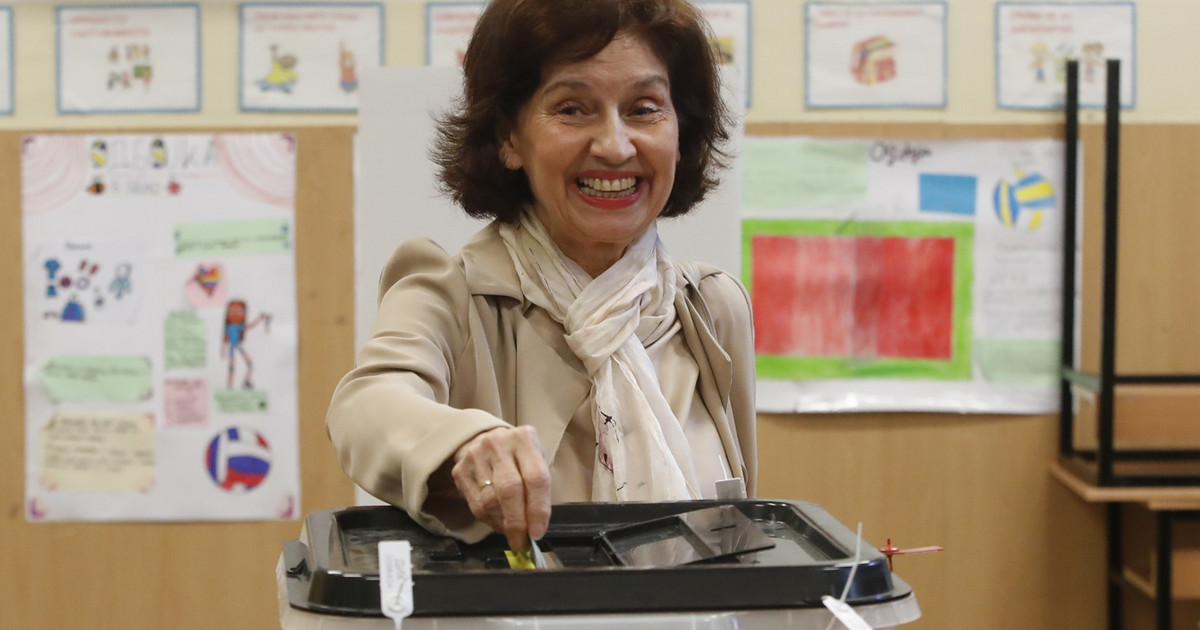In 2021, about 14.7% of the population in Brazil was elderly — that is, aged 60 or over — according to data released by the Brazilian Institute of Geography and Statistics (IBGE).
This number is expected to increase in the coming years. A projection by the Institute for Applied Economic Research (Ipea) points out that, by 2100, the percentage of elderly people in the country will rise to 40.3% of the population.
And this portion of the population also consumes. US public relations and marketing agency FleishmanHillard drafted in 2021 indicates that the silver economy — name given in honor of gray hair, more common at this stage of life — is the third largest economic activity in the world, responsible for moving US$ 7.1 trillion annually.
In Brazil, the silver economy generates BRL 1.6 trillion per year. And that volume will continue to increase as the country’s pool expands. In the projection of FleishmanHillard, by 2060, there will be 73 million elderly people in Brazil. To give you an idea, the Brazilian population is currently estimated at 213 million people.
Despite being on the way to forming almost half of the Brazilian population and corresponding to almost 20% of the country’s consumption, specialists consulted by the CNN show that, when it comes to consumption and loyalty, this group is still neglected as a consumer by brands and companies.
longevity revolution
Although they represent a trillionaire market, brands do not prioritize elderly consumers and focus their marketing efforts and experience on Generation Z and Millennials (that is, those born between 1980 and 2010), even though they do not necessarily have greater power purchasing.
A study by the Getúlio Vargas Foundation (FGV) shows that, in general, the purchasing power of people over 65 years old is higher. They correspond to 17% of the richest 5% share, while they represent 4% of the poorest 40% share.
This is because aging in Brazil is still new, explains Michelle Queiroz, founder of Rede Longevidade, an NGO that produces educational content on healthy aging. “Compared to countries in Europe and Asia, Brazil is making this transition later in history. It is normal that we have more difficulties in understanding this culture, both in economic and social impact”, evaluates Michelle.
Michelle points out that the world lives a longevity revolution , which is changing Brazil’s demography and inverting the social pyramid. In many countries, this population aging process started much longer than here, but it happened more slowly, while in Brazil the population is aging more quickly.
Precisely for this reason, it is an area that, in Queiroz’s opinion, has been little explored. “There is a world of possibilities that are being altered by this revolution. And companies are not looking at that”, he says.
cultural stigma
Despite the changes in the social pyramid, the cultural stigma still exists between this consumer group and brands. Márcia Sena, founder of Senior Concierge, a company that offers services to people over 60, explains that old age is not seen as something attractive and worthy of publicity. Even though more and more elderly people are active, work, manage household finances and have more income in general.
In a survey carried out by the FleishmanHillard agency, 72% of the elderly interviewed said that they recognized a lack of preparation in stores, and another 65% said that they did not believe in the suitability of brands to meet their needs. Meanwhile, 52% said they had difficulties finding products that met their wishes.
For Queiroz, the mentality of many companies and people is still that the younger generations are the future, responsible for driving consumption and the economy. For this reason, this public is not thought of within the structures of stores, products, services, even less in advertising pieces.
challenges and opportunities
Both specialists agree that, in the midst of this revolution, there are a series of challenges that brands need to face — and also a series of opportunities for those who manage to absorb this clientele.
A PipeSocial survey with Hype60+ showed that 52% of seniors surveyed are not loyal to any brand. With the public over 75 years old, this number is even higher: 74% say they have no favorite brand.
Companies that adopt strategies placing the elderly as a focus will have a significant competitive advantage, since this public should continue to expand, say the specialists to CNN.
Changes can start with the simplest issues, like friendlier lettering and product labels; lighting and accessibility designed for this audience inside physical stores; inclusion of these people in a satisfactory way in the company’s disclosures and marketing, thinking in a language that can also be understood by them.
On the issue of technology, the specialist believes that the pandemic has helped a lot with regard to the technological inclusion of elderly people. Although they need training and encouragement, “they are ready. It is only necessary to adapt the language and forms of communication”.
A survey carried out by Data8, the nucleus of Hype50+, shows that, of respondents over 65 years old, 78% say that the internet is present in their daily routine. Still, 58% of the group navigates the universe of e-commerce.
For Sena, these attitudes generate a necessary welcome. “These people are willing to spend their money on nice things,” she argues. “It is an extremely interesting slice of the consumer market”.
Furthermore, one of the advantages of this market is that it is extremely loyal: “if your brand communicates well with it, you have gained a captive customer”, he concludes.
* Under supervision Ana Carolina Nunes
Source: CNN Brasil
A journalist with over 7 years of experience in the news industry, currently working at World Stock Market as an author for the Entertainment section and also contributing to the Economics or finance section on a part-time basis. Has a passion for Entertainment and fashion topics, and has put in a lot of research and effort to provide accurate information to readers.






